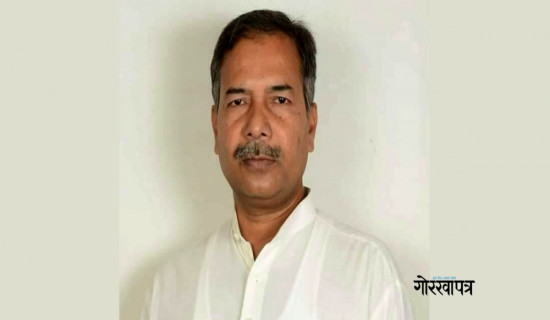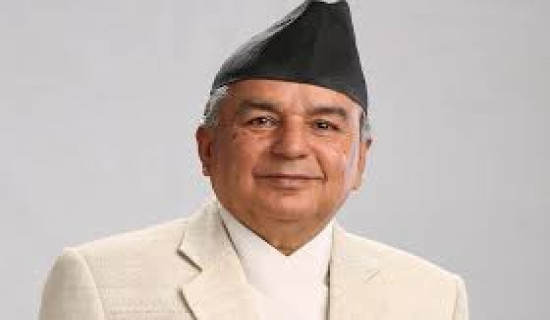- Thursday, 19 June 2025
Younger population seeing high rates of infection amid COVID surge in India
By Sanket Koul, New Delhi, June 19: As India confronts a fresh surge in Covid-19 cases, doctors suggest that the virus is disproportionately affecting younger age groups, with the 18 to 45 age bracket facing the brunt of infections.
According to data available on the Union Health Ministry’s Covid dashboard, India has 5,976 active cases from 29 states and union territories as of 19 June. Of these, Kerala has the highest caseload at 1,309, followed by Gujarat and Delhi at 1,046 and 632 cases, respectively.
While the government does not provide an age- or gender-wise breakdown of cases, doctors are seeing a noticeable increase in COVID-19 cases among young adults, specifically those aged between 18 and 45.
Tushar Tayal, consultant, internal medicine at CK Birla Hospital, Gurugram, said that on average, 10 to 12 patients per day are coming to him with flu-like symptoms, and a small but steady percentage of them are testing positive for Covid-19.
“This may be indicative of a silent surge that is frequently overlooked because the other viral infections overlap and an overall reduction in the rate of testing,” he added.
Aakashneel Bhattacharya, consultant, infectious diseases at Paras Health Gurugram, added that 80 to 85 per cent of Covid patients coming to him fall into the age bracket.
Young adults previously considered to be at relatively low risk of severe illness are now presenting with heightened susceptibility, particularly those with a poor follow-up history of vaccination or waning immunity.
Divya K S, an infectious disease specialist at Apollo Hospitals Sheshadripuram, Bengaluru, added that the waning immunity over the years, in addition to the emergence of immune-evading strains, makes the younger population more vulnerable.
Tayal added that in the 18 to 25 age group, most come with high-grade fever, throat pain, tiredness, body pain, and sometimes gastrointestinal symptoms such as nausea or diarrhoea. Some also complain of a dry cough lasting for days and mild difficulty in breathing.
In individuals over 30, symptoms persist longer, and there are more instances of prolonged fatigue or post-viral cough.
Commenting on the reasons, Bhattacharya said that younger people are at high risk of contracting the infection as they are the ones who mostly go out and mix with other people in the community.
“Till now, we are not seeing patients developing serious pneumonia or having low oxygen saturation. While few patients may have had minor pneumonia, they are not requiring oxygen,” he added.
Tayal, however, added that although most cases of COVID in younger patients are not serious, there needs to be caution against complacency. “Reinfections are being observed even in persons who have been vaccinated or infected before, pointing to changing viral strains,” he added.
Another reason is that many younger patients are delaying getting tested, assuming the infection to be seasonal flu or viral fever.
Nidhin Mohan, consultant, internal medicine, Narayana Health City, Bengaluru, said that there is a spike among individuals who have recently travelled, especially for work or weddings, and did not take adequate precautions.
“Infectious strains that spread faster within a group that is in close contact with each other can result in more case numbers among younger populations, who tend to be at the centre of workplace and social interactions,” Deepesh G Aggarwal, consultant physician and head of department for critical care medicine at Saifee Hospital, Mumbai, added. (Business-Standard)

.jpg)



-square-thumb.jpg)

-square-thumb.jpg)


-original-thumb.jpg)



